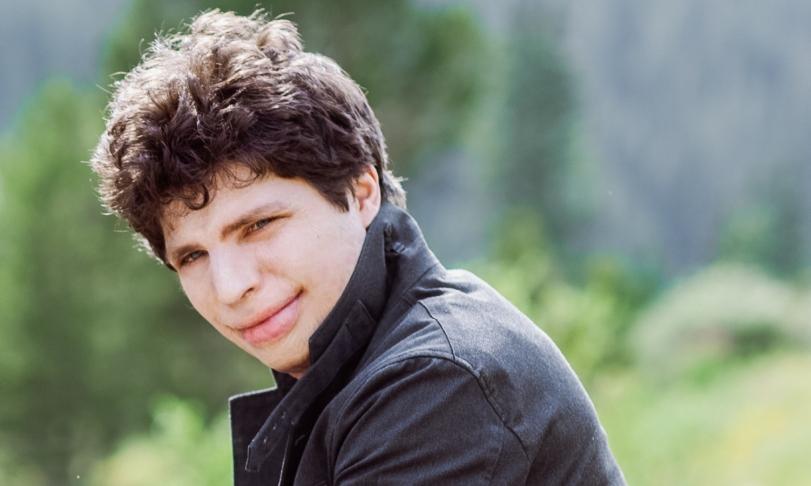
Nowadays the sonatas and partitas of Johann Sebastian Bach belong to the repertoire of every self-respecting violinist. Whereas earlier generations of violinists at best performed individual pieces of the sonatas and partitas in concert and at best produced complete recordings of the sonatas for the record, such as Jascha Heifetz, nowadays it is almost good manners to perform at least the sonatas in one piece in the concert hall. So, while violinists no longer shy away from taking on these technically enormously demanding Bach solo works in their entirety, they are considered by audiences, with the exception of a small group of initiates, to be rather difficult fare to digest. This is not only due to the total duration of the sonatas, for example, of about an hour, but also to the musically high content density customary for Bach, which represents a challenge not only for the performers, but also for the listening audience. Even historically informed performance practice has not really changed anything about the fact that these solo works by Bach, possibly also because of their reputation as representing the holy grail of violin art, are handled by violinists with the consequence of being carefully treated like sanctuaries, so that the result not infrequently comes across as more or less academically stiff, but in any case, emotionally restrained.
Agustin Hadelich, one of the most important violinists of his generation, demonstrates impressively on his album of sonatas and partitas that this does not have to be the case. This album proves to be a true stroke of luck among the numerous interpretations of these fundamentally important Bach works, because of its relaxed music-making that allows for emotions. Added to this is the clever presentation of the works on this album with alternating partitas and sonatas. Another plus point, not to be underestimated in its importance for the effect of the solo pieces and certainly their interpretation, is the choice of bow used by the performer.
Augustin Hadelich plays on this album with a baroque bow on the Guarneri del Gesú from 1744, which was formerly owned by Henryk Szering. Instead of a modern bow, which is common nowadays, he deliberately resorts to this "historical" bow, the special feature of which he explains in the booklet as follows: " For me, it was a revelation to play these pieces with a baroque bow. They can vary greatly from one another (in terms of length and weight) but can do anything modern bows can do. It is easier to produce buoyant, light articulation with a baroque bow, can harder to produce a loud, sustained sound. It felt liberating to play Bach with a baroque bow. I could strike the strings with more energy without worrying that
the sound was too rough or expressionist. Passages of three- and four-note chords felt more fluid. The dance movements danced more and the slow movements sang more. There are stylistic decisions that any player must make when playing Bach, and I sometimes let the baroque bow guide me to find the right articulation."
The use of a baroque bow, then, ensures that passages succeed more fluidly than with a modern bow, giving them a fresh, dance-like feel. Despite the obvious proximity to historically informed performance practice, Hadelich allows himself the occasional expressive vibrato. He uses ornamentation sparingly beyond Bach's specifications in his technically consistently unstrained interpretation. Hadelich dissolves strict Bachian structures in favor of emotional developments. He only tackles passages that can be mastered with virtuosity and transforms them into sparkling, independent energy. Hadelich skillfully conveys musical evolutions as a gain of insight. With great skill he links all this together in such a way that the impression arises of witnessing a natural act of creation.
As early in the year as this album appears, thanks to its innovative approach to these Bach works it undoubtedly has what it takes to be considered one of his highlights at the end of the year.
Augustin Hadelich, violin









